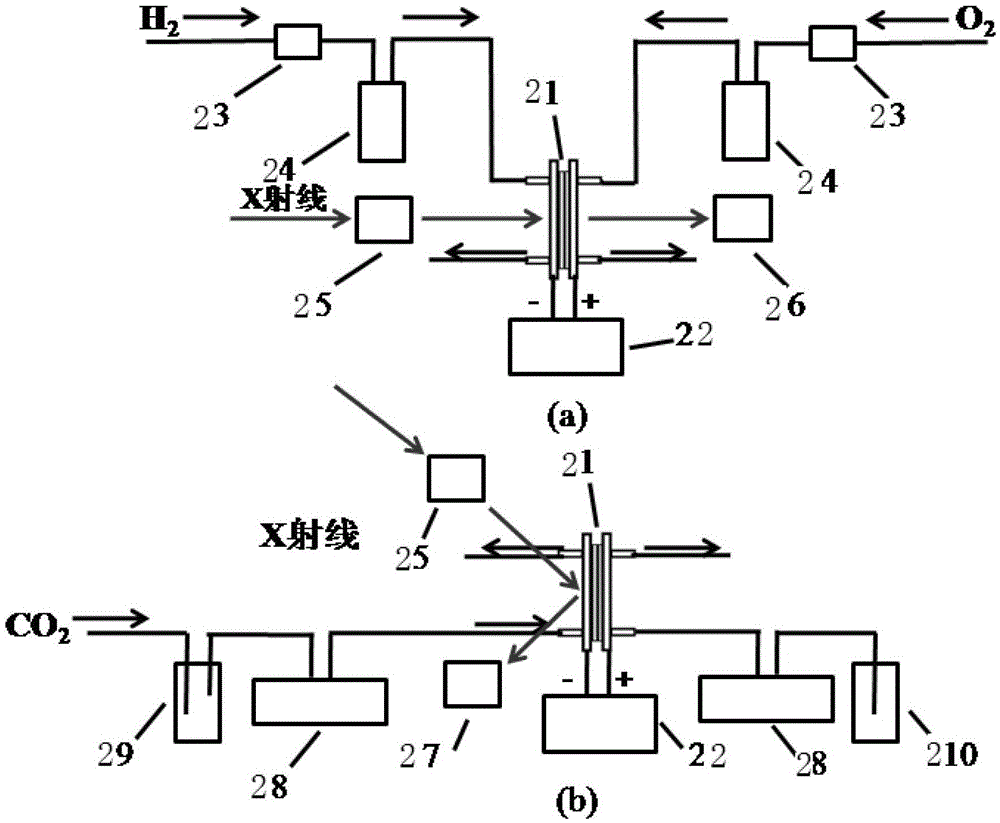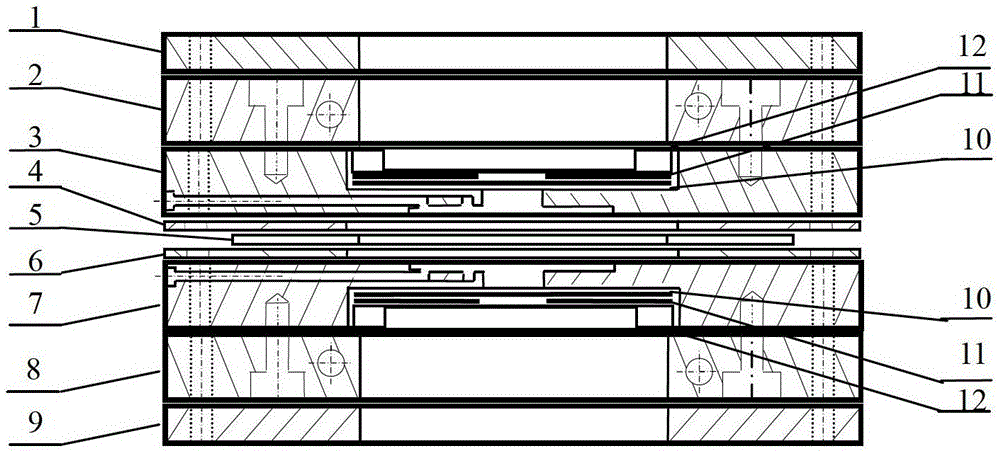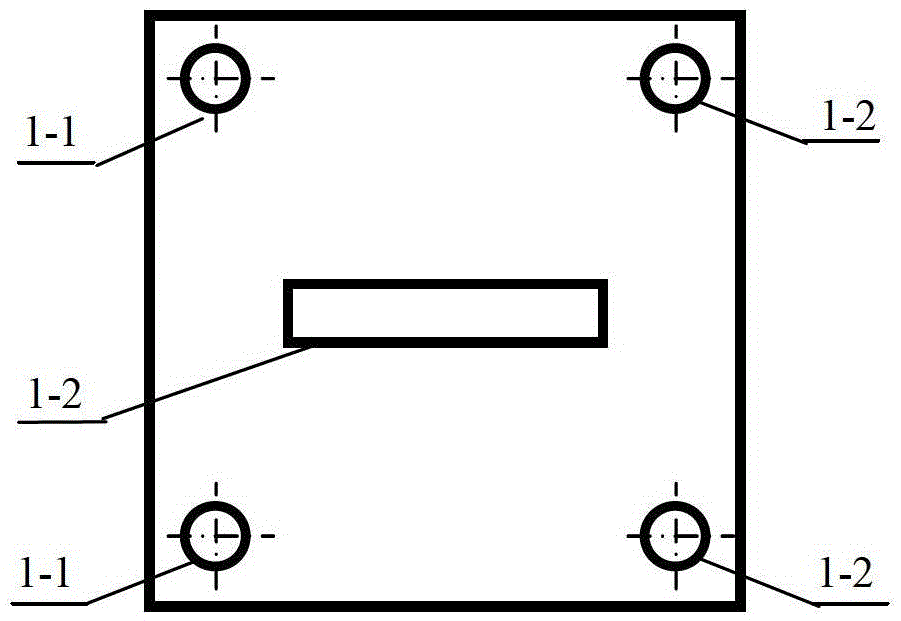A synchrotron radiation in-situ detection device for electrocatalytic reaction
An in-situ detection and electrocatalysis technology, which is applied in measuring devices, material analysis using wave/particle radiation, material analysis by electromagnetic means, etc., can solve the problem that it is difficult to provide real and effective information on the mechanism of catalyst action
- Summary
- Abstract
- Description
- Claims
- Application Information
AI Technical Summary
Problems solved by technology
Method used
Image
Examples
Embodiment 1
[0045] The X-ray absorption near-edge structure (XANES) spectrum of the cathode PtFe / C catalyst was tested under the working conditions of the proton exchange membrane fuel cell. The electrode was prepared by brush coating method, and then the anode and cathode were placed on both sides of the electrolyte membrane, and the membrane electrode was obtained by hot pressing at 135°C for 3 minutes, wherein the anode was a Pt / C catalyst, and the cathode was a PtFe / C catalyst prepared by an impregnation method. C catalyst, the electrolyte membrane is Naton212. The in-situ cell in the transmission mode is used to detect the signal of iron in the membrane electrode. The assembly process of the in-situ cell is as follows: a serpentine flow field with a width of 1 mm is processed on the side of the anode and cathode flow field plates, and a diameter of 1 mm is processed in the middle of the flow field plate. 2mm round hole. Process a rectangular groove with a size of 1cm×4cm on the othe...
Embodiment 2
[0047] Test XANES spectrum of Fe / C catalyst in carbon dioxide electrolysis cell cathode. The membrane electrode was prepared by the same process as in Example 1, wherein the cathode catalyst was Fe / C catalyst prepared by impregnation method, the anode catalyst was platinum black catalyst, and the electrolyte membrane was sodium Naton117. The in situ cell in fluorescence mode was used to detect the iron signal in the membrane electrode, and the assembly process of the in situ cell was the same as that in Example 1. The anode and cathode of the in-situ cell are respectively fed with NaOH solution with a concentration of 0.5mol / L and NaHCO saturated with carbon dioxide. 3 Solution (concentration is 0.5mol / L), use the heating rod to heat the in-situ cell to 40°C, test the current-voltage curve of the membrane electrode through the potentiostat, and use the circular hole detection window in the middle of the in-situ cell to detect the cathode catalyst Fe From the XANES spectrum, i...
PUM
 Login to View More
Login to View More Abstract
Description
Claims
Application Information
 Login to View More
Login to View More - R&D
- Intellectual Property
- Life Sciences
- Materials
- Tech Scout
- Unparalleled Data Quality
- Higher Quality Content
- 60% Fewer Hallucinations
Browse by: Latest US Patents, China's latest patents, Technical Efficacy Thesaurus, Application Domain, Technology Topic, Popular Technical Reports.
© 2025 PatSnap. All rights reserved.Legal|Privacy policy|Modern Slavery Act Transparency Statement|Sitemap|About US| Contact US: help@patsnap.com



